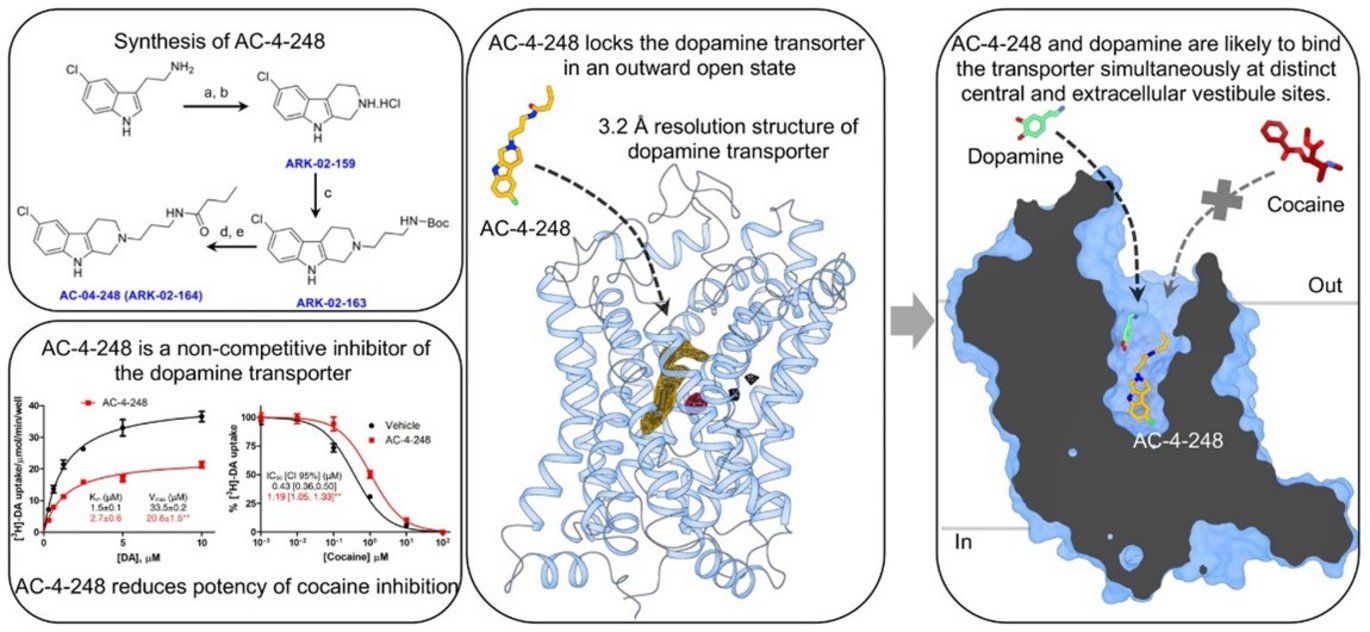Research into a new compound may be a pathway to help prevent relapse into cocaine addiction
New research have developed a compound that could help treat cocaine addiction in a way that is less risky and more controlled than existing treatments for opioid addiction.


According to Dansk Misbrugsbehandling, the number of young Danes using cocaine has doubled in the past five years.
Cocaine is a highly addictive drug that increases dopamine signalling in the brain—a chemical messenger associated with pleasure and happiness. This increased signalling leads to an intense feeling of euphoria, but as the effect wears off, there is a strong urge to experience another high, raising the risk of addiction. When people stop using cocaine, many experience severe withdrawal symptoms, making it even harder to quit.
Currently, there is no effective medical treatment for cocaine addiction that works in the same way as treatments for other addictive substances like opioids. One reason for this is that cocaine blocks the dopamine transporter (DAT), which normally removes dopamine from the brain’s signalling pathways, causing dopamine to accumulate.
However, now researchers at Drexel University in Philadelphia have developed a compound that could be a game-changer - currently referred to as AC-4-248.
In collaboration with researchers from the Department of Molecular Biology and Genetics, and DANDRITE at Aarhus University, and the Department of Drug Design and Pharmacology – UCPH studies have been conducted to examine how this compound binds to DAT, to better understand its mechanism of action and its potential to develop more clinically relevant drugs. Clara Nautrup, PhD student in Poul Nissen Lab and first author of the study, explains:
“AC-4-248 appears to prevent cocaine from completely blocking DAT. What’s interesting about this compound is that it binds to the same region of the dopamine transporter as cocaine, but unlike cocaine, it allows for a milder inhibition of DAT. This means it causes a weaker overstimulation than cocaine because it removes more dopamine, which could be advantageous in treating cocaine addiction.”
This makes AC-4-248 different from other addiction treatments, such as methadone, which is used to treat opioid addiction. Methadone works by binding to opioid receptors in the brain, reducing withdrawal symptoms and cravings, while AC-4-248 binds to the dopamine transporter in a way that allows a gentler blockade of dopamine reuptake compared to cocaine.
This different mechanism of action offers important potential benefits in the treatment of cocaine addiction, Clara explains:
“By allowing a milder blockade of the dopamine transporter, AC-4-248 prevents large buildups of dopamine, reducing both withdrawal symptoms and cravings. This milder blockade may also lower the risk of abuse of the treatment itself, as the potential for overstimulation is reduced. As a result, the treatment would be less risky and more controlled.”
Clara emphasizes that the researchers are still in the early stages of developing an actual treatment product. However, this new understanding of how AC-4-248 exerts its effect on DAT offers a valuable foundation for developing compounds that could ultimately lead to effective treatment options.
She hopes that this discovery will pave the way for further research into the development of more gentle treatments for substance abuse and addiction.